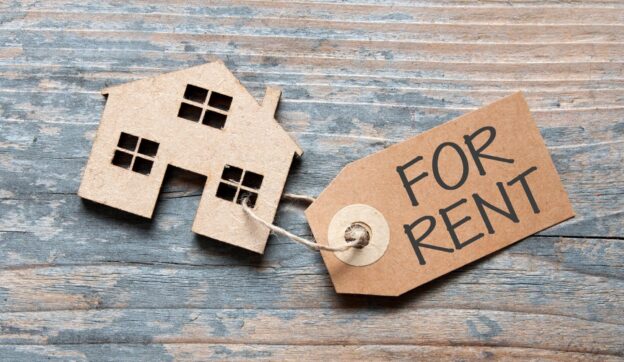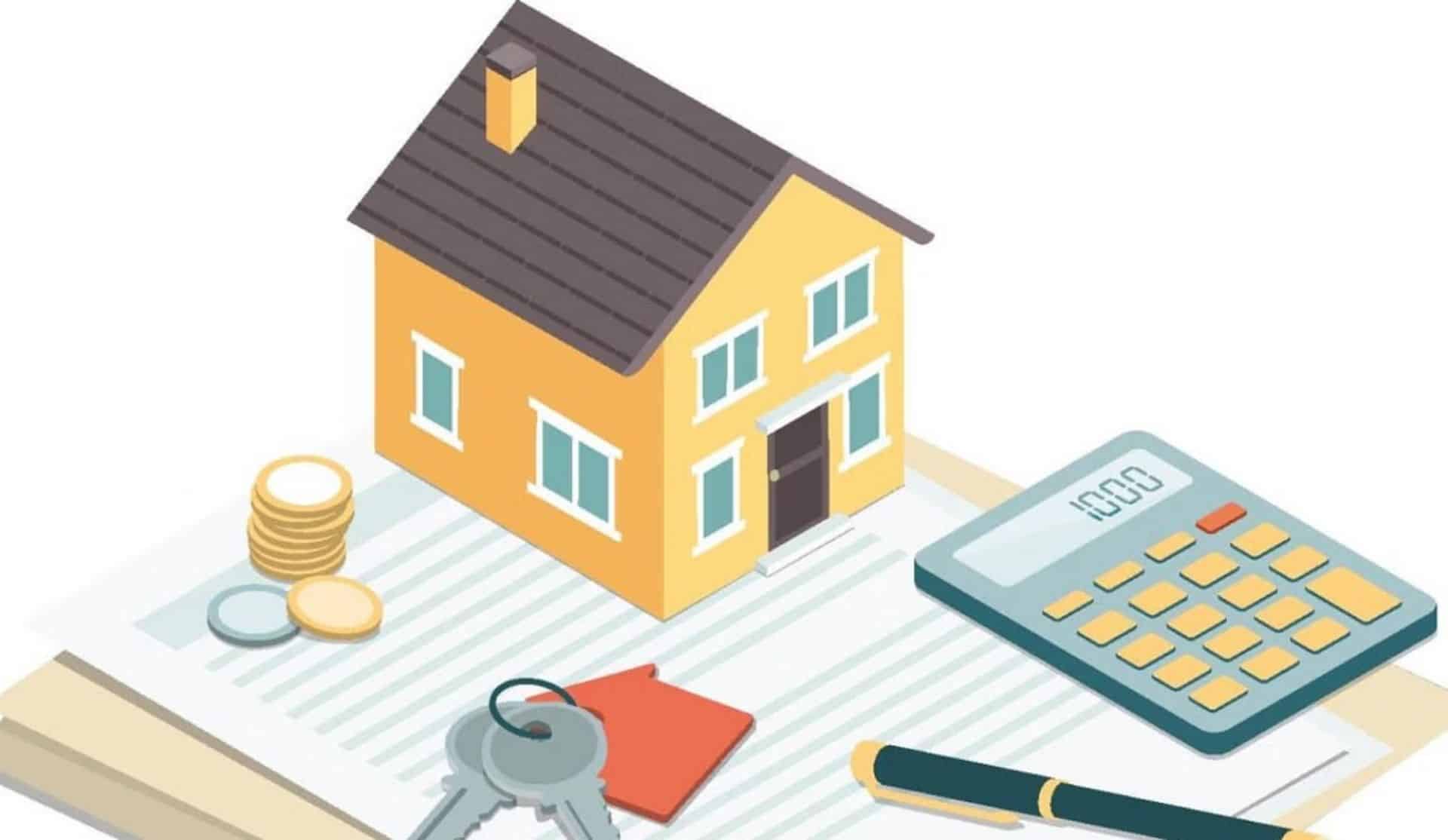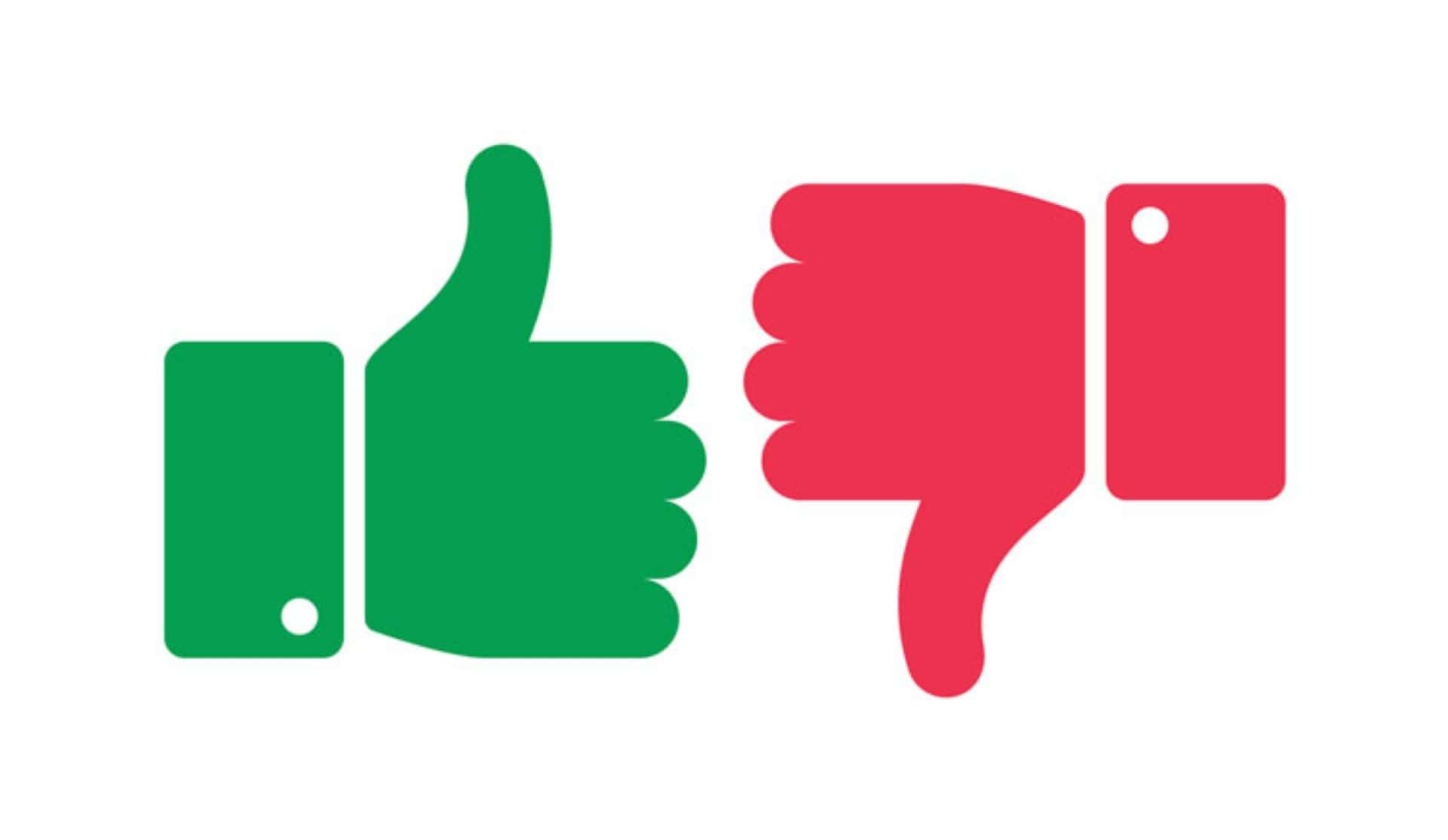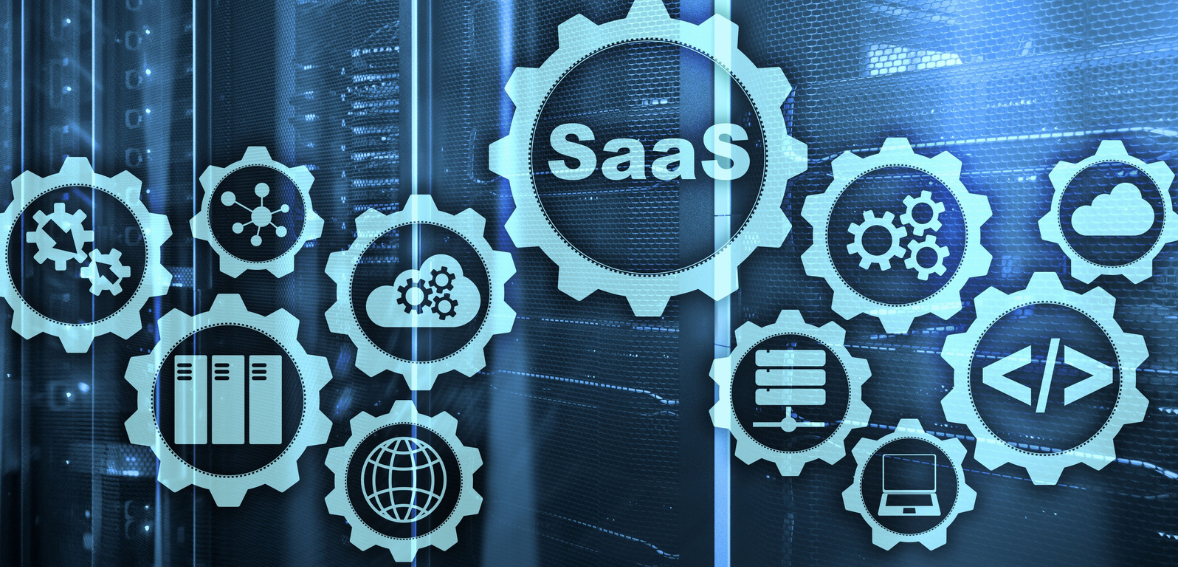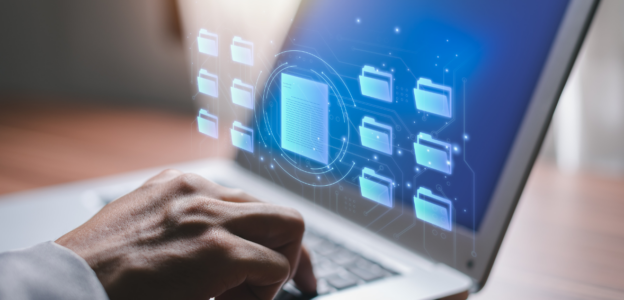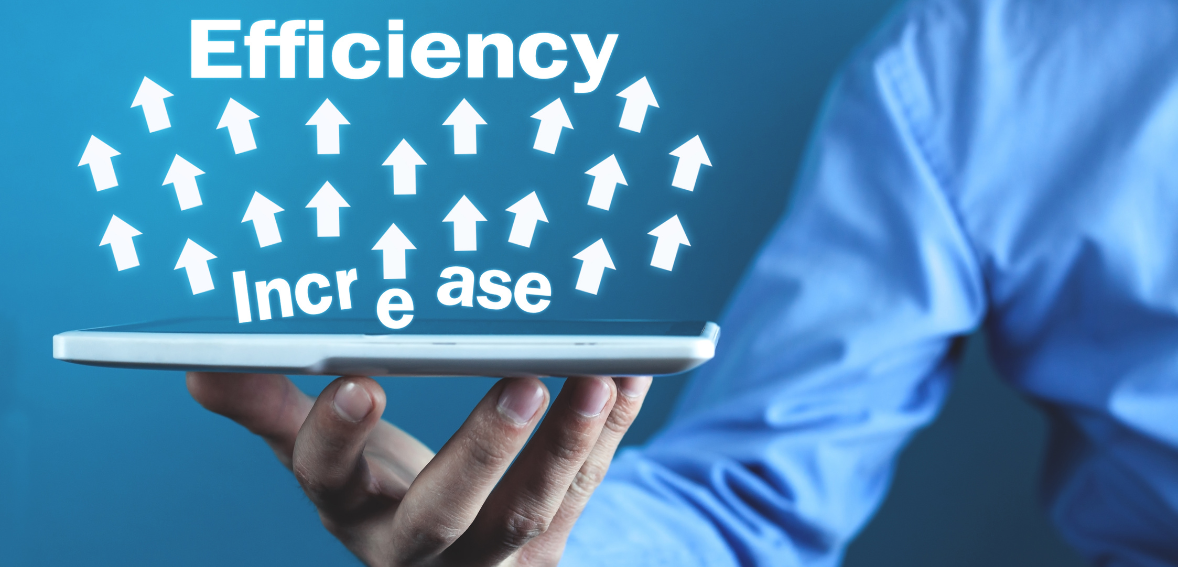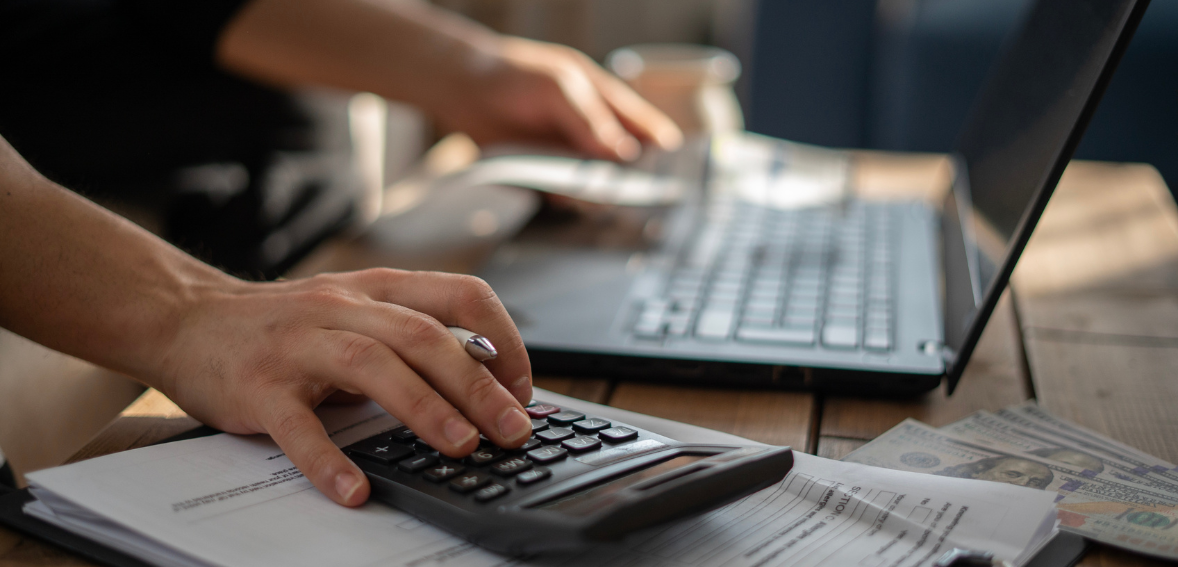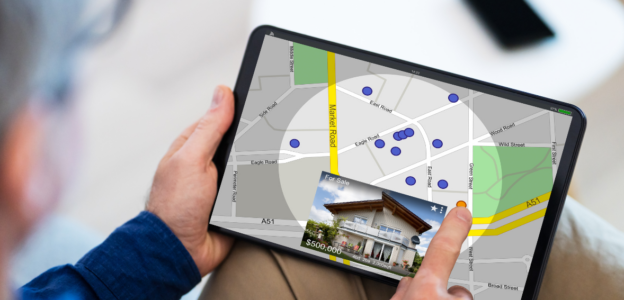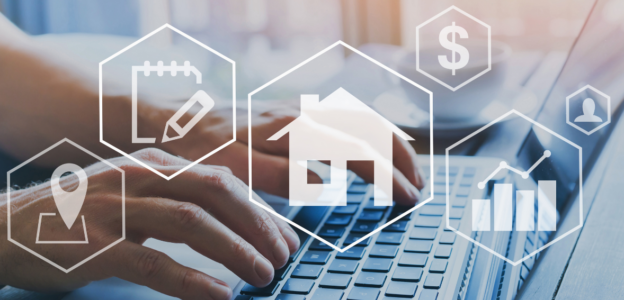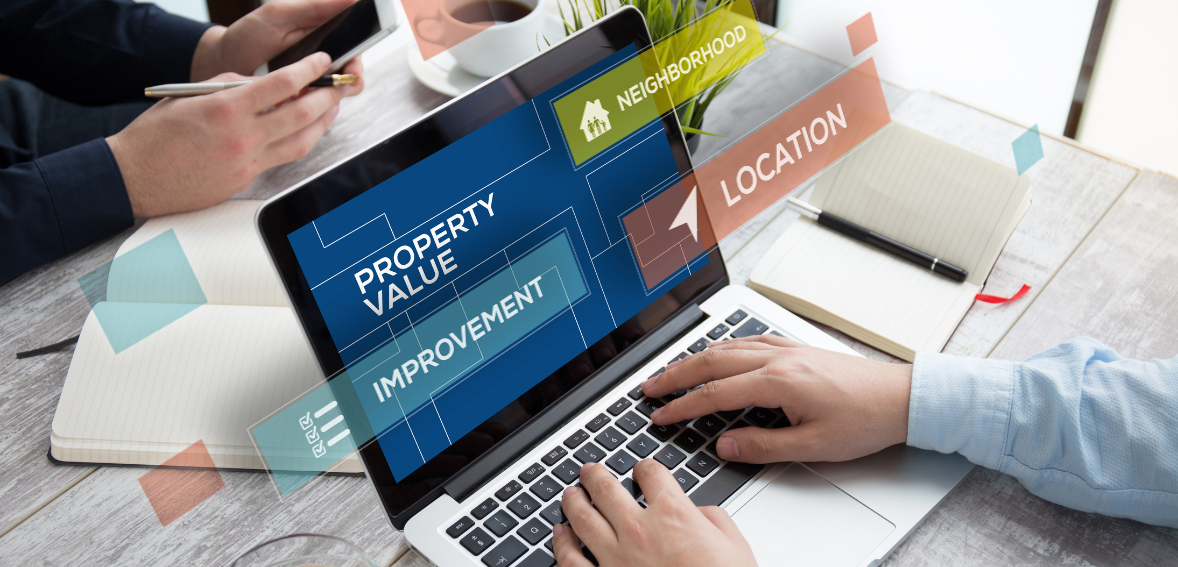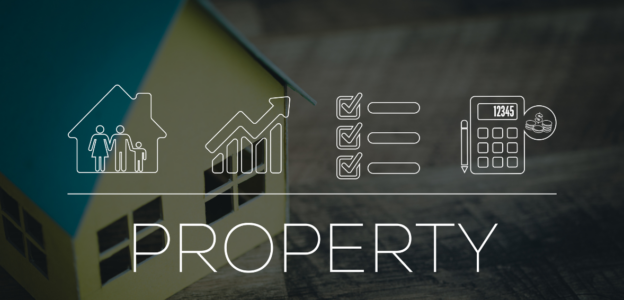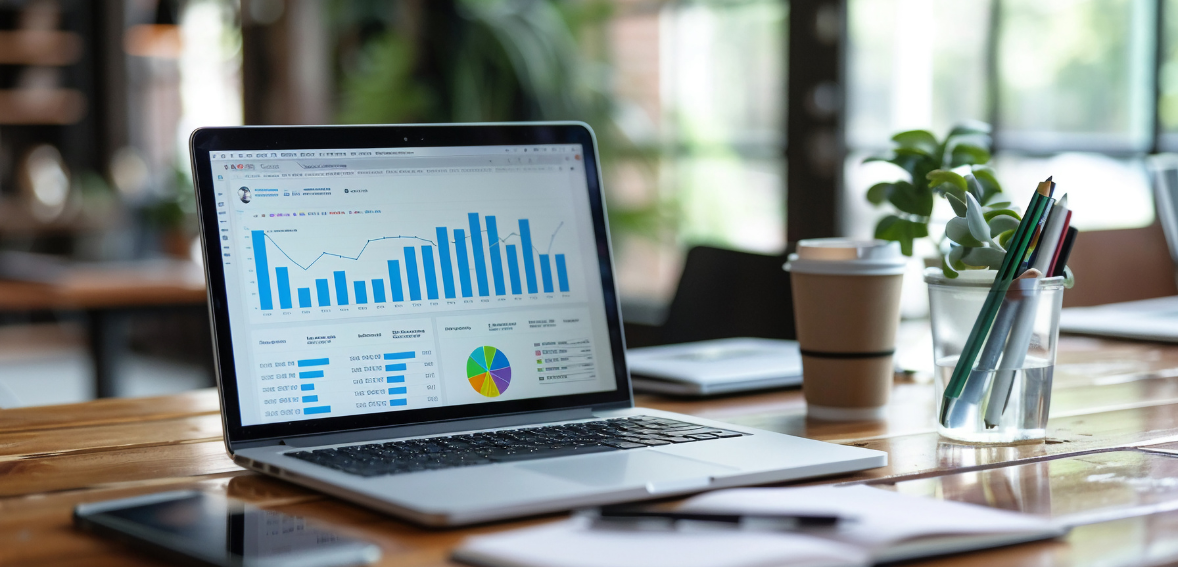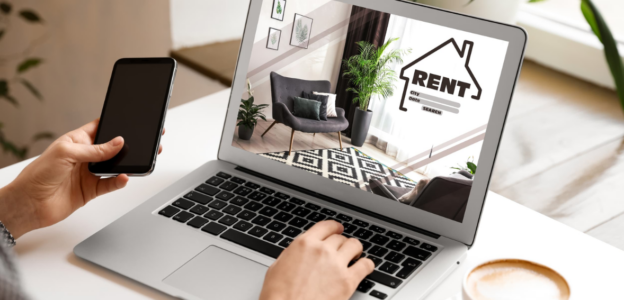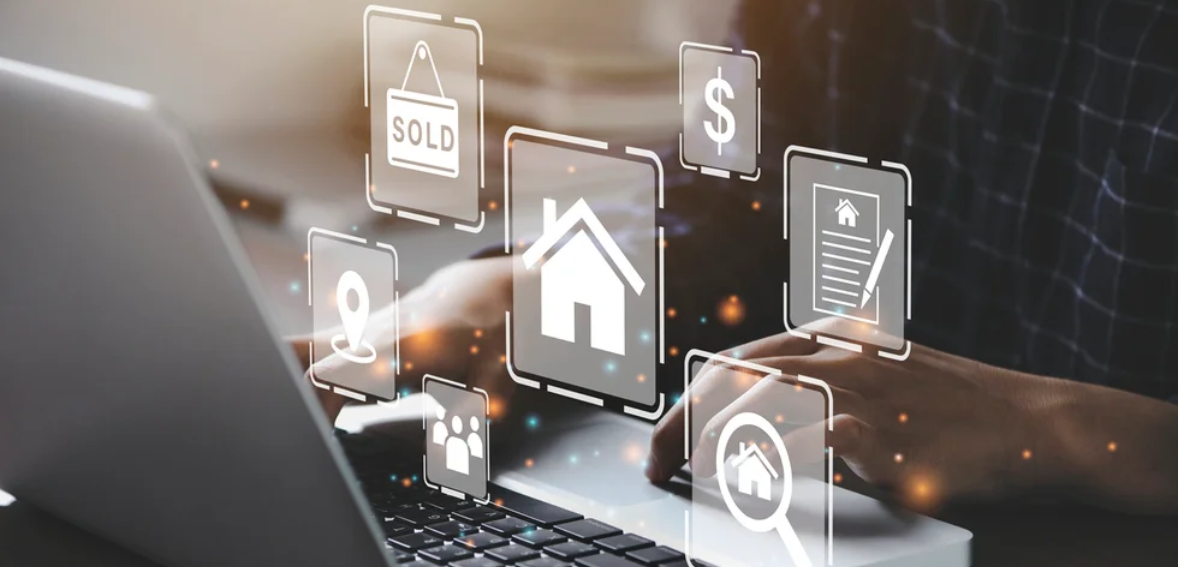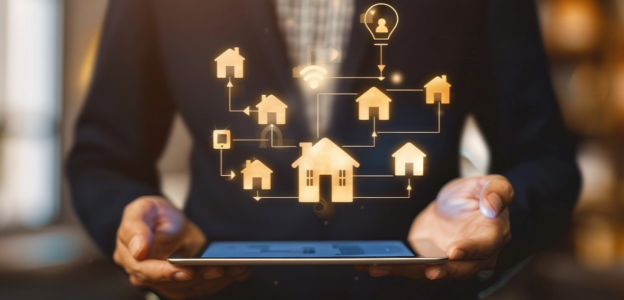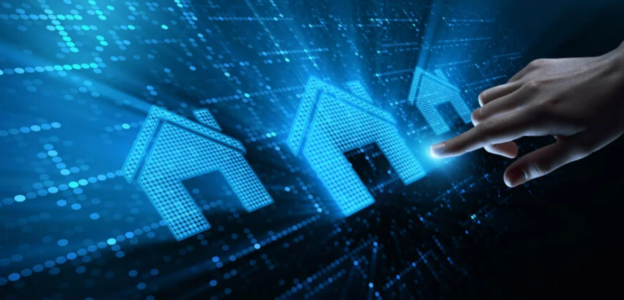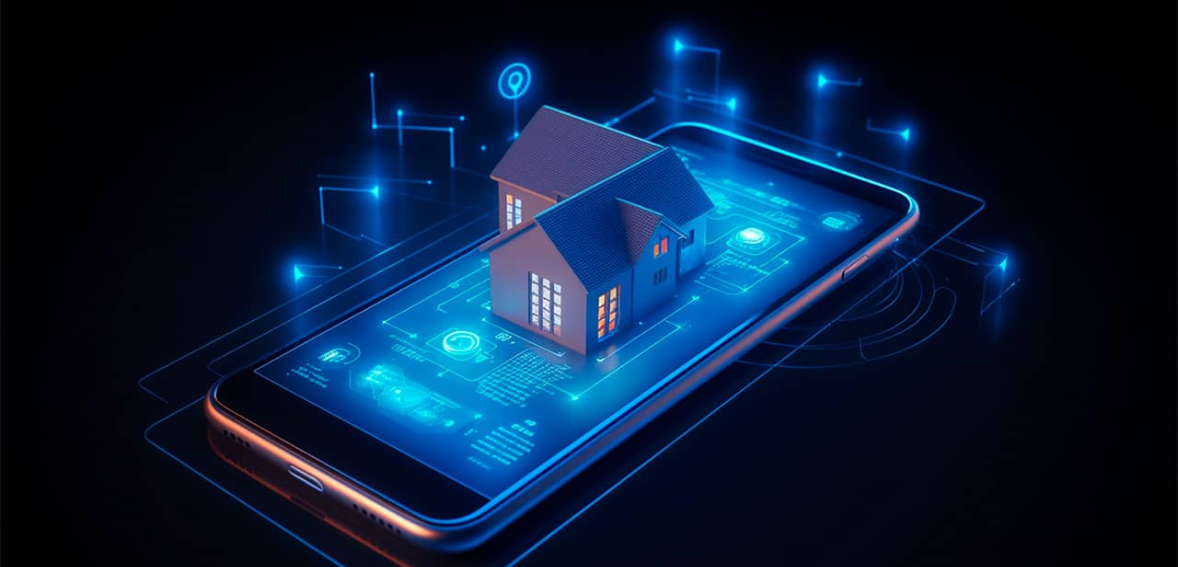Renting out property can make you enough money, but it takes time and enough financial stability to get started, and therefore, you’ll have to find a good rental property, fix it up first, and then get good tenants. However, regular repairs and maintenance will cut into your profits, and there might be many unexpected problems, like roof repairs, which can happen anytime. So, it advised that it’s a smart move to save 1% of your property’s value for repairs each year. Managing the rental property yourself is not a big deal, but it can be tricky, so hiring a property manager is a better option. But property managers charge 8-12% of rent, but they handle everything from repairs to finding tenants and collecting rent without giving you a headache.
Moreover, as a landlord, you must understand local rental laws as these laws cover things and help you understand various terms like deposits, leases, evictions, and fair housing rules for both landlords and tenants. Insurance also plays a big role, protecting your investment with insurance will help you in the long run. Besides regular homeowners’ insurance, don’t forget to get a landlord insurance, as this generally covers property damage, lost rent, and protects you if someone gets hurt on your property.
How to Know If the Rental Property is the Right Choice for You?
Now here’s how to decide if buying a rental property is right for you.
While rental income is considered “passive” by the IRS, owning rental property usually requires your active involvement and accepting some risks to get better returns. And even if you hire a property manager, you’ll still need to stay involved and need to approve repairs and regularly check financial reports to track income and cash flow. Sometimes, even with careful screening, you might get tenants who pay late or need to be evicted. These situations can reduce your profits and take up your time.
But despite these challenges, a good rental property can offer three key benefits:
1. regular rental income,
2. property value growth over time, and tax advantages from mortgage interest,
3. operating costs, and depreciation.
Moreover, smart investors carefully weigh these risks and benefits before investing in any rental property and you should too.
Thinking of Buying a Rental Property?
Buying a rental property is not hard, but it is required that you should identify the right property to buy and be prepared in your financial situation before buying it. And if you are confident that you are ready to buy one, then you should look upon the tips below:
Location
Trying to invest in a rental property? The first thing to look out for is the perfect location. Location plays a significant role in this. So, you must look for rental properties in areas with low taxes and good schools, close to restaurants, coffee shops, and parks.
Don’t forget that as aesthetics play a major role, so does safety. Hence, safe neighborhoods with public transportation and plenty of jobs usually attract more renters. With safe neighborhoods, the growing neighborhoods or areas being improved can also be good places to invest.
However, you can check both short-term and long-term rental rates with the help of websites like Zillow, Airbnb, Trulia, and Realtor.com, which show rental prices and property values in different areas.
Financing
Your rental property should have the correct financing, as getting a loan for a rental property works like getting a home mortgage, but with some differences. As rental property loans have a greater risk of not being paid back, the interest rates are usually higher because of this reason.
And just like regular home buyers, investors can get regular mortgages, Federal Housing Administration (FHA) loans, or Veterans Affairs-backed home (VA) loans without any hassle.
However, it’s often harder to qualify for a rental property loan. While lenders look at the same things as the credit score, down payment, and how much debt you have compared to the income, they usually want better credit and a bigger down payment from investors.
Here are some pointers where you can get the idea of getting a mortgage for a rental property. The requirements are substantial for you to get the mortgage:
Firstly, is the credit score; You need at least 620, which is the requirement, but you’ll get better deals if your score is 740 or higher.
Second is the down payment; If you’ll live in the home, you might only need 0-3% down with certain government loans. And regarding rental properties, it is expected to put down 15-25%.
Thirdly, the monthly income vs. debt; Lenders generally look at how much of your monthly income goes to paying the debts and they’ll usually count 75% of your expected rent money as income.
And fourthly, the emergency fund; It is generally required and expected to keep enough savings to cover 3-6 months of all housing costs, including your mortgage payment, taxes, and insurance.
Making Money
Monthly costs for a rental property usually take up 35% to 80% of the rent you collect, and many landlords follow a simple rule, which is, “expect half of your rental income to go toward expenses”
Along with that big investment companies typically aim for 5-7% profit on fixer-upper properties. Individual landlords should try for 10% profit. And don’t forget to set aside 1% of your property’s value each year for repairs and upkeep.
Moreover, you’ll also need to pay for insurance, HOA fees if any, property taxes, and regular services like pest control, yard work, and repairs.
However, it is determined and estimated that a 6% return in your first year as a landlord is good, and it should get better over time. This compares to typical returns of 7.5% from stocks or 4.5% from bonds. Some investors buy cheap houses, then they fix them up, and sell them for profit instead of renting them out. This “house flipping” requires careful planning for repair costs and workers’ pay, whether or not you rent the house during renovations.
Understanding the Metrics
Understanding the rental metrics is important. Return on investment (ROI) shows how much money you might make from a rental property. To find the ROI, these steps can help you in your understanding of the metrics
• Firstly, add up all yearly income, including rent and extras like storage or pet fees.
• Secondly, add up yearly costs, such as repairs, management fees, HOA dues, insurance, and taxes.
• Thirdly, figure out your yearly profit by taking your income minus expenses and loan interest.
• Then fourthly, add up your initial costs, like down payment and any repairs needed at the start.
• And finally, divide your yearly profit by your initial costs and add the expected increase in property value to get your ROI.
Local Market
Selecting the right local market will help in your rental investment scheme. When looking at local housing markets, you should look out for certain important aspects like-
• Is the area growing in jobs and people, both now and likely in the future?
• How many people rent versus own homes?
• Are rents going up or down, and how easy is it to find tenants?
• Have home prices been steady or jumpy in the past?
• How good is the area, especially the schools and job opportunities?
• Can you spend enough time managing property in this location?
• Does the area typically give landlords good rental income, rising property values, or both?
• How do property taxes compare to nearby areas?
• What’s the chance of floods, fires, storms or other disasters that could increase insurance costs?
Offer With Identifying on Properties
When evaluating rental properties, key factors are required to check, which include-
The first and foremost key factor is whether the property is empty or rented. This factor affects your plans and risk level. Then comes how old is the house, and whether it needs any repairs, it follows with how the property looks from the street, and if nearby homes are well-kept, along with regular upkeep costs like yard work and snow clearing which subsequently leads to the condition of basic systems like heating/cooling, water, and electricity and whether the appliances are old or in need of replacing. There are also other key factors like whether there are features like pools that could increase insurance costs, or the number of bedrooms and bathrooms, since these matter to renters. And while you can find rental properties on popular home search websites, most listings there are meant for people planning to live in the home themselves.
Thoroughly Vet and Finalize
After your offer is accepted, you’re officially under contract. This is when you need to check everything carefully before moving forward. But you should check certain important things during this time:
• Can you charge the rent you want? Look at nearby rental prices to be sure.
• Did the seller mention any issues? Ask them to tell you about all problems.
• What did the inspection show? Do you have money set aside for fixes?
• Has your mortgage been approved? Is your rate fixed, and can you pay the monthly bills?
• Can you find affordable home insurance?
• Are there any problems with who owns the property?
• Are there any surprise fees in the final documents?
After you buy the property, it should be a primary focus to manage tenants and run the property. Also, it is necessary to make sure you have a system to track money coming in and going out, and decide how you’ll manage the property.
Upside And Downside
Every investment has its risks and rewards, its upside and downside. Even in rental investment, you will face these consequences.
Upside
• You can earn money from real estate while keeping your day job.
• Property values going up means your investment grows too.
• You don’t pay Social Security tax on money from rentals.
• You might get tax breaks on your property loan interest.
• Real estate is something you can see and touch.
Downside
• Property costs and upkeep can eat into your rental earnings.
• Your rent payments might not be enough to cover your mortgage.
• When in time of needing of cash, it’s hard to quickly sell a property.
• Buying and selling property comes with big fees.
• even when you don’t have renters, you are still required to pay bills.
Conclusion
owning rental property does come with some challenges, but it can be a profitable investment if done with careful planning and well-informed decision-making. Knowing the significance of location, financing, management, and local rental laws guarantees that you make good investments. By being proactive in property maintenance and tenant management, you can reap the most out of steady rental income, property appreciation, and possible tax benefits. As with any investment, carefully considering the risks and benefits will determine whether rental property is for you.
